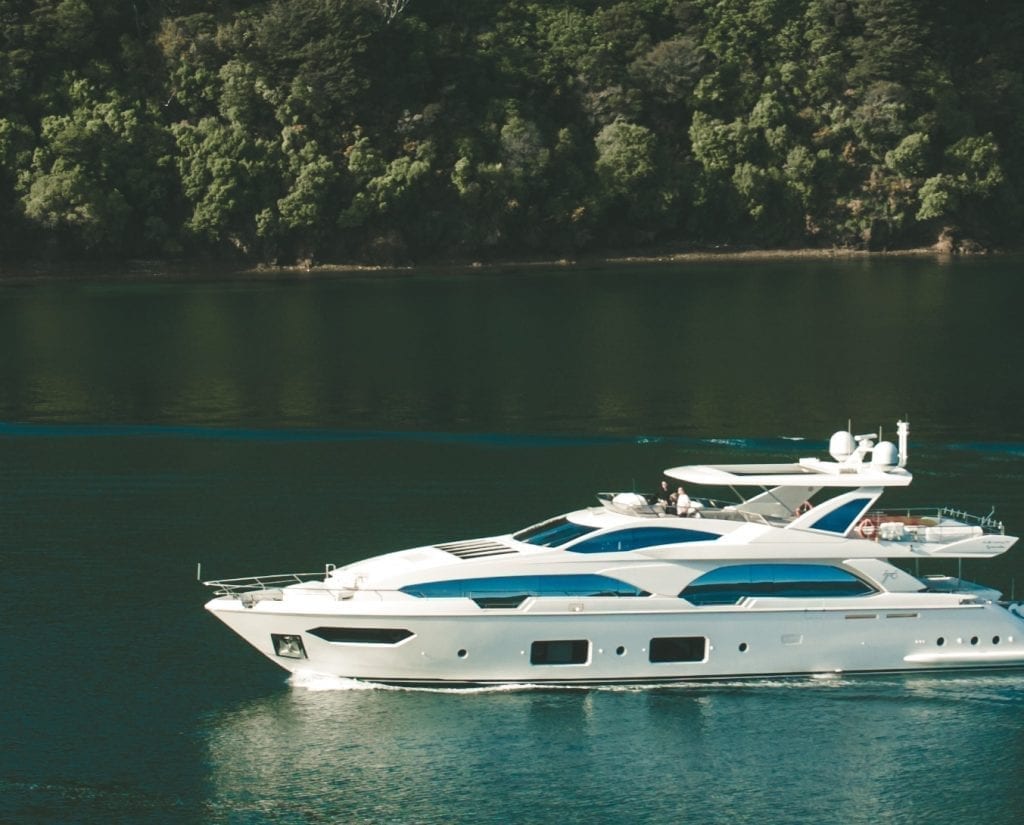No products in the cart.
Nautical
What to do before leaving your vessel idle
To leave your boat idle for a long time, whether due to winter, a trip, or some other reason, you need to take some precautions. This way, you will be able to keep it in good condition at all times, even when not in use.
Contrary to what many people think, the stationary or low-use boat is the one most likely to present a problem and requires more frequent reviews. If due care is not taken, a boat stopped for a long time can cause a lot of damage.
Remove fuel from the tank
Like cars, boats need the engine to be kept running at a minimum to avoid mechanical defects. This is because the fuels and lubricants used have an expiration date and can cause problems when the vessel returns to navigation.
The expiry date, for both gasoline and diesel, is about six months. If the fuel remains in the tank for a longer time, it begins to undergo a corrosion process that can even compromise the operation of the engine.
Also, due to the poor quality of gasoline and diesel, the fuel usually has a lot of mixtures, and when it evaporates, it leaves impurities and residues at the bottom of the tank.
To avoid problems, the entire fuel system (hose, filter, and engine) must be cleaned at least in late summer, when the boat is no longer used, and again at the beginning of the following season. And even with the ship running, it is recommended that the tank be removed every two months to clean and change the old gasoline.
Avoid leaving the engine submerged
If the boat is left to float on water for a long time, rust can have devastating effects on engine components and submerged parts, such as propellers. Besides, fuel impurities can clog the injection nozzles.

If you need to leave the boat at anchor for a long period, you should at least completely remove the engine from the water. However, some hulls do not allow this operation due to the shape of the stern.
In any case, it is best to remove it from the water and store it in a dry garage. In doing so, you must drain all liquids (water, fuel from the tank, and filter) and lubricate the exposed parts (propeller, shaft, and tail) with fine oil.
For boats that stay in the water, the tip is to paint the bottom, to protect the hull against infiltration. But even with the new paint, it is always necessary to clean the bottom of the shell with a sponge to remove the slime.
The deck also needs to be washed with freshwater and detergent. Use a cover with waterproof fabric and ultraviolet (UV) protection to protect the painting and even the cages, portholes, and acrylics.
Remember always to remove the “barnacles.”
If the boat remains in the water for more than three months, it will start with encrustation and vegetation. The more pollution caused by organic waste in the water, the faster the growth, as there will be an abundant supply of nutrients.
The incrustation of barnacles, slime, and stains is linked to the characteristics of the water. The vessel that navigates in freshwater requires less maintenance, as freshwater usually grows only slime, which does not require special procedures – just spray chlorine to remove it. In saltwater, the tendency is for incrustations to evolve more quickly.
Remove the barnacle from the hull regularly. Whenever the boat returns from the sea, external cleaning is necessary. When parked at the marina, washing must be performed once a month.
If the boat is kept in a wet spot, thorough cleaning should be performed whenever it is used. The painting must also be done on the bottom of the hull at least once a year, with a paint certified by the International Maritime Organization (IMO).
Learn how to clean
Barnacles and sludge can be removed with a wooden scraper (spatula) to avoid damaging the protective layer (gelcoat).
Then wash the hull with water and biodegradable detergent or neutral soap and dry it well – washing powder is not recommended, as the product can stain and damage the boat.

When cleaning, take care not to damage the gelcoat, the layer of enamel that waterproofs and protects the fiber. Over time, cracks or cracks may appear in the gelcoat, which ends up peeling and leaving the vessel’s fiber exposed.
You can use a soft foam with biodegradable marine shampoo, so as not to damage the gelcoat resin base and minimize damage to the environment. To avoid fungi and mold, it is advisable to expose the boat and upholstery to the sun so that the drying is complete.
As a precaution to avoid damaging the gelcoat, it is recommended to apply paint based on polypropylene or epoxy. If there is damage to the layer, it is necessary to repaint with anti-fouling paint, also known as “poisoned.” The periodicity of the painting depends on the speed and intensity of fouling on the hull.
As we have seen, there is a series of precautions and preventive measures capable of ensuring the good condition of your vessel. Following these recommendations, you will have much more security and tranquility in your moments of leisure.
Do you already know Robustec nautical equipment and accessories? Look here!


